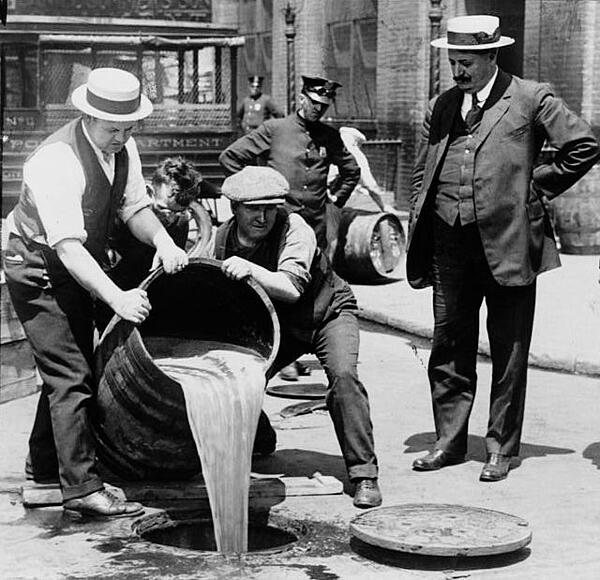USA 1919
The USA in 1919 was a nation in transition. It faced economic, social and racial changes as it made the change from the politics of World War One to the ‘normalcy’ of the 1920s.
World War One had left Americans with a sense of disillusionment. Young people questioned the heroic ideals that had sent them into the trenches. This disillusionment with the mindset of the older generation was the start of a generation gap that would continue into the 1920s.
The post-war years also saw a continuation of Progressive amendments. The 18th Amendment, for example, prohibited the sale and consumption of alcohol. Supporters of Prohibition associated German-brewed beer with sin, as well as the enemy.

In 1919, the American economy was suffering. The years between 1918 and 1921 saw a post-war recession as wartime production decreased, inflation spiked and unemployment rose. However, in the long-term World War One stimulated development and investment in new technology. It also left America as the wealthiest nation in the world.
American policy also changed after the war. The American people were keen to isolate themselves from any future European problems, so America pursued a policy of isolationism. Tariffs like the Fordney-McCumber Tariff of 1922, made it more expensive to import foreign goods. This increased the consumption of American goods. The attitude of isolationism was also reflected in relations with immigrants. Quotas were put in place to limit the number of immigrants.
After the war African Americans returned from war feeling even more disillusioned. Black Americans had served in all sections of the armed forces, yet when they returned home they still had no civil rights. Also, between 1914 and 1918 roughly 50,000 black southerners migrated to the North. They hoped to escape their terrible treatment under the Jim Crow Laws that governed the South.
See also: America in the 1920's
MLA Citation/Reference
"USA 1919". HistoryLearning.com. 2024. Web.
